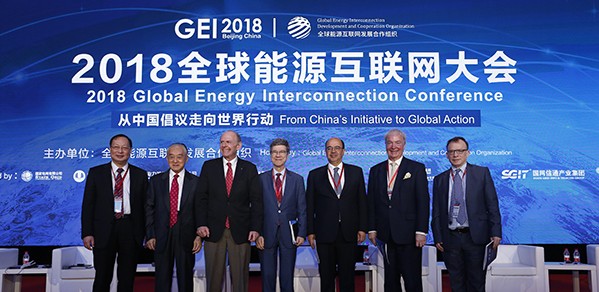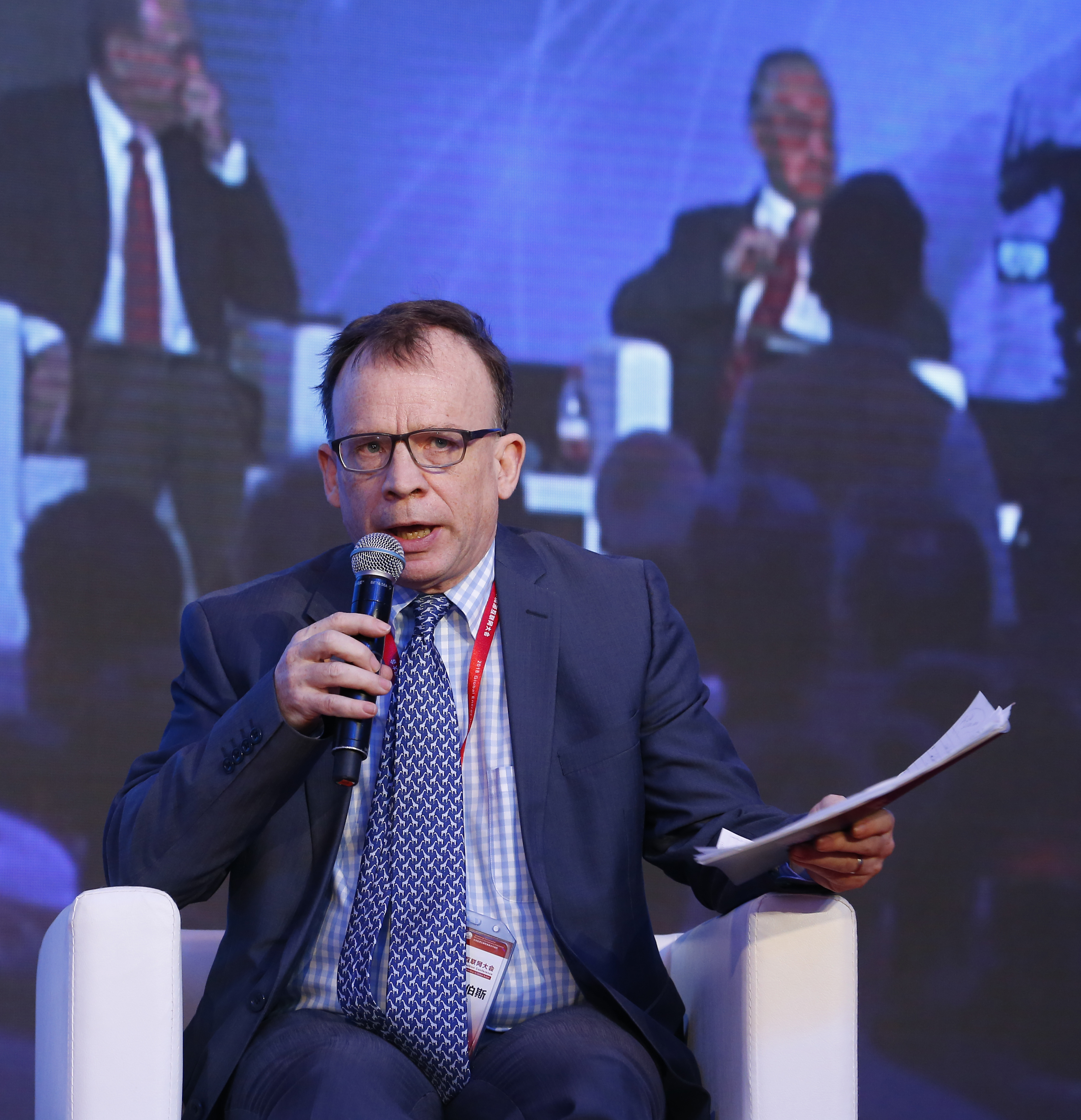
With sustainable development becoming an increasing global priority, Cambridge superconductivity expert Dr Tim Coombs was invited to share his insight at a major energy conference.
Superconductivity has a vital role in facilitating the transmission of large amounts of power at high voltages and currents over long distances.
Dr Tim Coombs
Dr Coombs, Head of the Electrical Power and Energy Conversion group at the Department of Engineering, gave a speech on superconducting cables at the 2018 Global Energy Interconnection (GEI) Conference in Beijing recently. Organised by the Global Energy Interconnection Development Corporation (GEIDCO), the theme of the conference was the interconnection of electrical energy networks and grids.
In attendance were more than 1,000 guests from governments, companies and institutions, such as the United Nations, covering more than 30 countries and regions. All had gathered to discuss the development of GEI and the GEIDCO’s proposed plan for the GEI ‘Backbone Grid’; a cluster of strategic channels that connects major large-scale clean energy bases and load centres all over the world. Construction will involve creating an ‘energy artery’ that connects five continents with ‘nine horizontal and nine vertical’ grids.

Dr Coombs said: “Superconductivity has a vital role in facilitating the transmission of large amounts of power at high voltages and currents over long distances. A superconducting cable can also transmit direct currents with zero resistance, meaning there is no energy loss. In addition, superconductors can be used to protect the network from faults.
"This technology has an important role to play, not only in sustainable electric energy transfer, but also in the GEIDCO’s ambitious plan for accelerating GEI development to better tackle severe challenges to sustainable development such as resource constraints and climate change.”
According to the GEIDCO, total investment in GEI from 2018 to 2050 is estimated to be about $38 trillion, of which about $27 trillion will be in power generation, and $11 trillion in power grids.

